And when night falls, visitors can experience unique accommodations: a converted McDonnell Douglas DC-6 and a McDonnell Douglas DC-9 – still with the letters “DHL.”
The rapidly growing area is part of the FLY8MA project, led by founder Jon Kotwicki, who previously owned a flight school in Florida, worked as a commercial pilot, and eventually moved to Alaska.
He shared that when he was a pilot for a major airline, he was well paid but the job was very boring: “Driving Uber is more interesting because I can chat with passengers.”
And the idea of doing something special came to him after hiking, fishing and spotting bears in south-central Alaska. He decided this would be a place where he could “buy a lot of property, develop an airport and run my own project.”
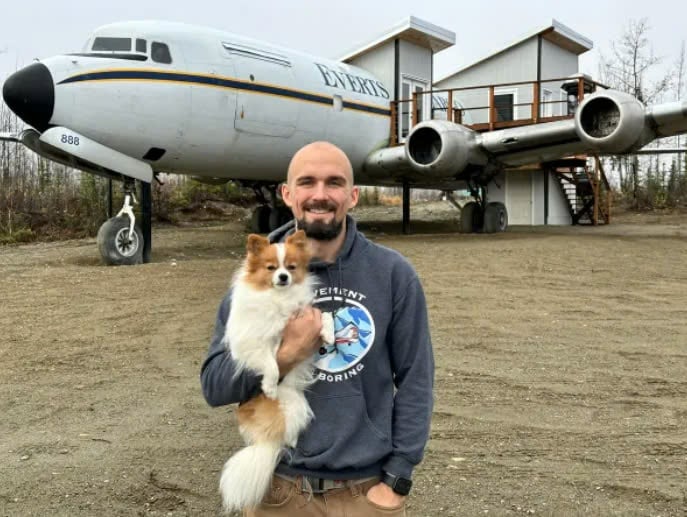
Jon Kotwicki – with his dog Foxtrot – is developing his own airport and lodge in Alaska. The McDonnell Douglas DC-6 behind him has been converted into a residence. (Photo: FLY8MA)
Old planes become comfortable hotels
The 100-acre site began as an airstrip, then student cabins, then a base for sightseeing flights.
But now the old planes have become a unique and comfortable place for travelers to live. The cabins are equipped with heating, towel rails and “luxury things,” he said. “It would be great if we could turn an old plane into a home. Make it beautiful, put a hot tub on the wing and a barbecue.”
The first plane to be converted was a 1950 American-made DC-6 that used to carry cargo and fuel to remote villages around Alaska. Now it has become a resort with two beds, a bathroom, a fireplace... and a rental price of about $448/night.
Next up is the DC-9, which has three beds, two bathrooms, a sauna, a hot tub, and heated floors. It can accommodate seven guests and costs around $849 a night. The team is also continuing to renovate a Boeing 727 to become the next hotel.
Kotwicki recently bought a fourth plane. It's a Fairchild C-119 Flying Boxcar, a military transport aircraft produced from 1949 to 1955 that he says is "so ugly it's fun."
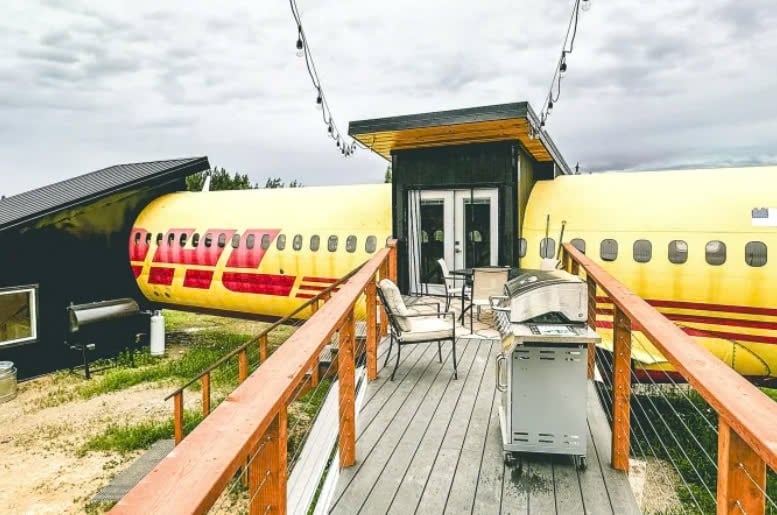
The DC-9 has been converted into accommodation with three beds and two bathrooms. (Photo: FLY8MA)
The unique resort complex also has a 60-foot (18.3 meter) tall control tower with a glass dome, where guests can lie in bed and watch the beautiful aurora borealis in Alaska.
Additionally, visitors can explore old planes and various engines and propellers around the grounds.
Kotwicki said the process of finding a plane took eight to nine months, including contacting and checking until one was available for immediate transport to Wasilla.
Getting permission to convert them into residential properties is much easier than in more densely populated parts of the world. “Luckily, where we are in Alaska, there is absolutely no zoning,” says Koticki, who says we are allowed to do whatever we want with the properties we buy.
“The biggest red tape is getting them on the highway. But once they’re here, it’s a breeze.”
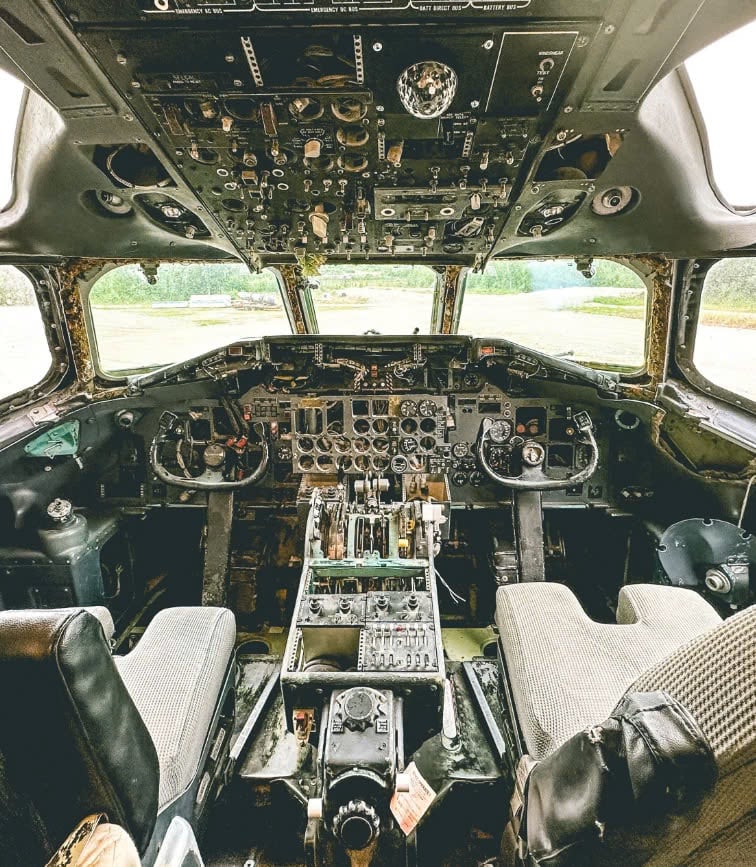
Cockpit on a Douglas DC-9 aircraft. (Photo: FLY8MA)
Challenges from the weather
In fact, the cold, desolate Alaska may be a great choice for some aspects of the project, but it is not a good choice when it comes to climate.
Dry environments are best for storing aircraft, such as the "aircraft graveyard" in New Mexico or Teruel Airport in Spain.
Alaska, however, is the opposite: “it’s just a cold rain forest,” says Konticki, full of swamps and permafrost, “so maintaining it here is extremely difficult.”
During the coldest winter months, the electricity bill for heating one of the planes can run as much as $1,500 to $2,000 a month.
“The biggest misconception” is that planes are well insulated, he explains. “Aluminum dissipates heat quickly, so trying to warm the plane up is very difficult.”
Konticki said the insulation value of previous aircraft was around R3, similar to double-glazed windows, while a typical house in Alaska would be around R30.
“We stripped out all the original insulation, stripped out all the old insulation, and then sprayed foam to the best thickness… But it was still very difficult to warm them,” says Konticki. However, he proudly shares that it is the difficulties that “make them really, really special.”
Ha Trang (according to CNN)
Source: https://www.congluan.vn/nhung-chiec-may-bay-cu-bien-thanh-nha-nghi-khach-san-doc-dao-o-alaska-post308483.html



![[Photo] Hanoi morning of October 1: Prolonged flooding, people wade to work](https://vphoto.vietnam.vn/thumb/1200x675/vietnam/resource/IMAGE/2025/10/1/189be28938e3493fa26b2938efa2059e)
![[Photo] Keep your warehouse safe in all situations](https://vphoto.vietnam.vn/thumb/1200x675/vietnam/resource/IMAGE/2025/10/1/3eb4eceafe68497989865e7faa4e4d0e)

![[Photo] President of the Cuban National Assembly visits President Ho Chi Minh's Mausoleum](https://vphoto.vietnam.vn/thumb/1200x675/vietnam/resource/IMAGE/2025/10/1/39f1142310fc4dae9e3de4fcc9ac2ed0)



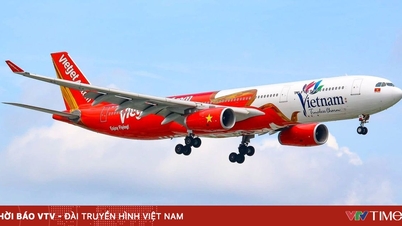

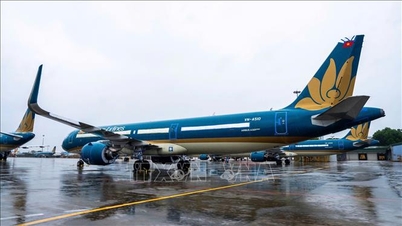



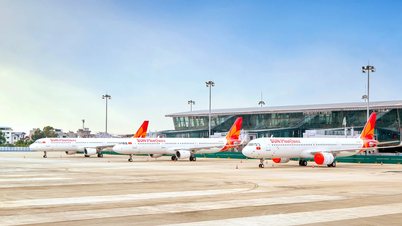
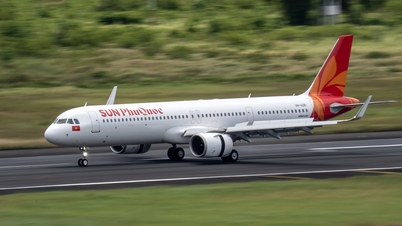



















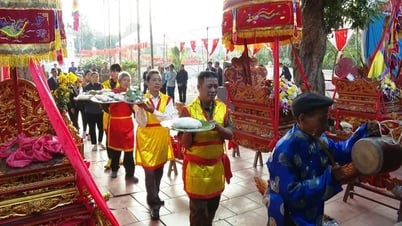








































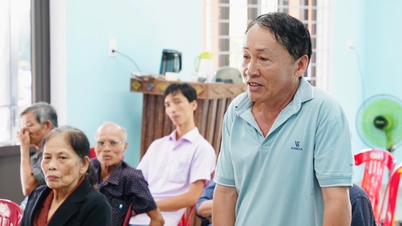




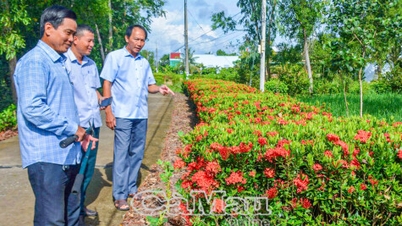

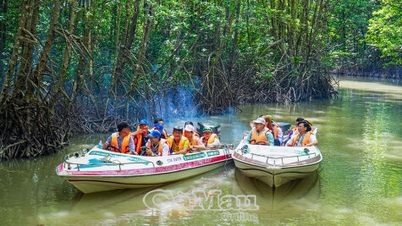














Comment (0)